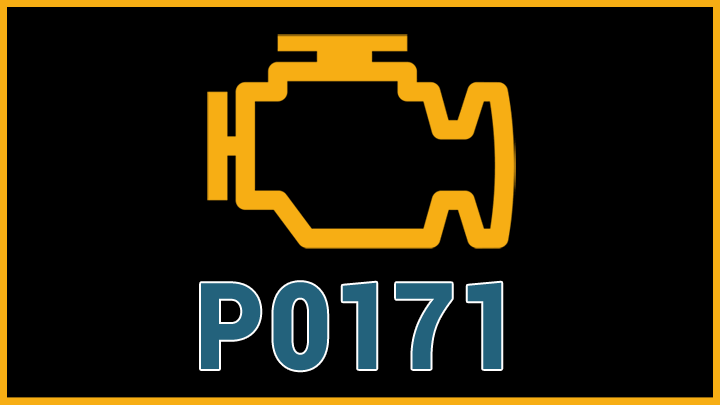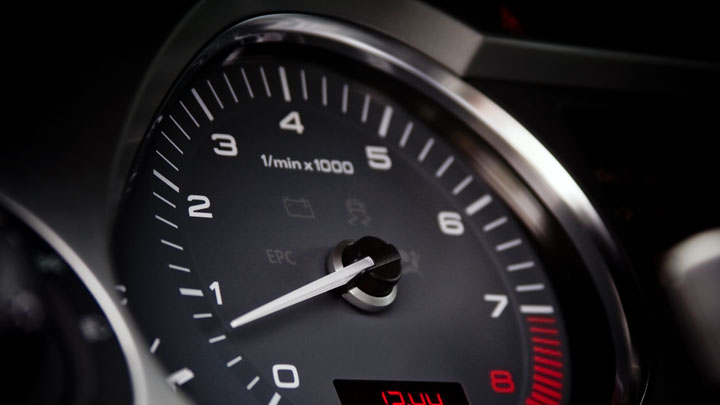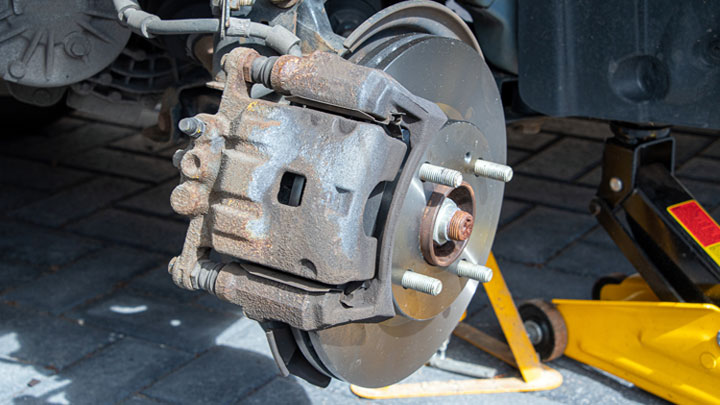Last Updated on June 6, 2022
Your engine needs the right ratio of fuel to air to run efficiently. If there’s either too much or not enough, then your combustion engine will not work as well or efficiently as it’s supposed to.
When there is too much air entering the chambers, your vehicle will store a P0171 code. A variety of issues can cause this increase in oxygen, ranging from a faulty sensor to a problem with your fuel pump or vacuum system.
It’s vital to find the root cause quickly before severe damage occurs to your car. Keep reading to learn more about diagnosing the cause of code P0171, understanding how it might affect your vehicle, and fixing the problem.
What Does Code P0171 Mean?
A P0171 code indicates the air-fuel ratio entering your engine block is not ideal. Two main issues typically cause this code. There is either too much air or not enough fuel in the lines to create the right ratio.
When there’s too much air, you’ll often find a vacuum leak allowing an excess of oxygen into the line. Alternatively, there might not be enough fuel reaching the engine to balance the standard amount of air.
See Also: Bank 1 vs Bank 2 Location
The second scenario might indicate a problem with your fuel pump or faulty fuel injectors.
Whatever the root cause, a situation with a higher ratio of air to gasoline is referred to as the engine running lean. If there were too much fuel, the engine would be running rich.
Related: Code P0174 (System Too Lean – Bank 2)
Symptoms of Code P0171
Sometimes, when your check engine light comes on, you won’t notice any difference in the way your vehicle operates. When the light accompanies a P0171 code (after scanning for trouble codes), there will be other symptoms.
When there’s too much air inside, your engine cannot function as it should. When your engine is running, but you aren’t driving, you might notice a rough idle or the engine making a coughing sound.
While you drive, it may feel like your car is lacking power when you go to accelerate or drive uphill. You might even hear or feel your engine misfire.
If you don’t notice your car driving differently while showing a code P0171, then there is a chance that your sensor is faulty. These parts do fail.
However, even if there aren’t other symptoms, you must confirm that the parts around the sensor are working. You don’t want to replace an expensive part for no reason.
Causes of Code P0171
The vacuum system is the first area to check when your vehicle stores a P0171 code. A small tear or crack in the vacuum lines causes extra air to enter the system. A leak that causes diagnostic trouble code P0171 could be anywhere around the engine intake, including the PCV hoses, vacuum hoses, and the intake manifold gasket.
If all of the vacuum lines are solid, then the source likely comes from within the fuel system. A weak or failing fuel pump won’t push enough gasoline to the engine. Clogged fuel injectors or a dirty fuel filter will cause a similar backup.
In cases where the vacuum system is leak-free, there is enough gas reaching the engine, and the code P0171 still shows with your check engine light, there remains a hope of finding the cause.
The oxygen sensor, mass airflow sensor, or the air-fuel ratio sensor might be dirty, faulty, or damaged. Alternatively, there might be an exhaust leak affecting the readings.
See Also: 7 Places to Check For a Vacuum Leak
Is Code P0171 Serious?
Any time your check engine light is on, you should take the reading seriously. A P0171 code is no exception to this rule. When the engine stores this code, you should not drive your vehicle far, if at all.
When your engine runs lean, there is not enough gasoline for it to run efficiently. As a result, you run the risk of the vehicle becoming incapable of accelerating to meet the speed of traffic or to climb a steep hill. The car could also overheat and become irreparable.
Those who modify their turbocharged vehicle by increasing boost are more susceptible to get a code P0171. More air usually equals more power but you must add additional fuel to keep the ratio in line.
At best, when your vehicle shows code P0171, it is not using its fuel efficiently. You’ll waste gas and money whenever you drive.
How to Fix
There are some straightforward diagnostic and repair steps to clear a P0171 code. If you follow the steps in the right order, you’re sure to find the problem. Clear any other codes in your car first. Then, you can begin working on this one.
First, check the vacuum system for any leaks. You can use a vacuum pressure gauge or listen around the engine for any abnormal hissing sounds.
Then, use a fuel pressure gauge to ensure that enough gasoline makes its way to the engine. Check the fuel filters and injectors during this step as well.
If there are no other problems, your last step is to run diagnostic tests to determine the health and functionality of your oxygen sensors.





Great post. Thank you
Checking air filter should have been first on the list. XD